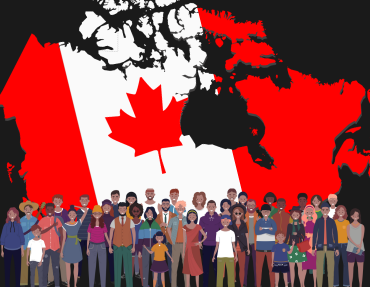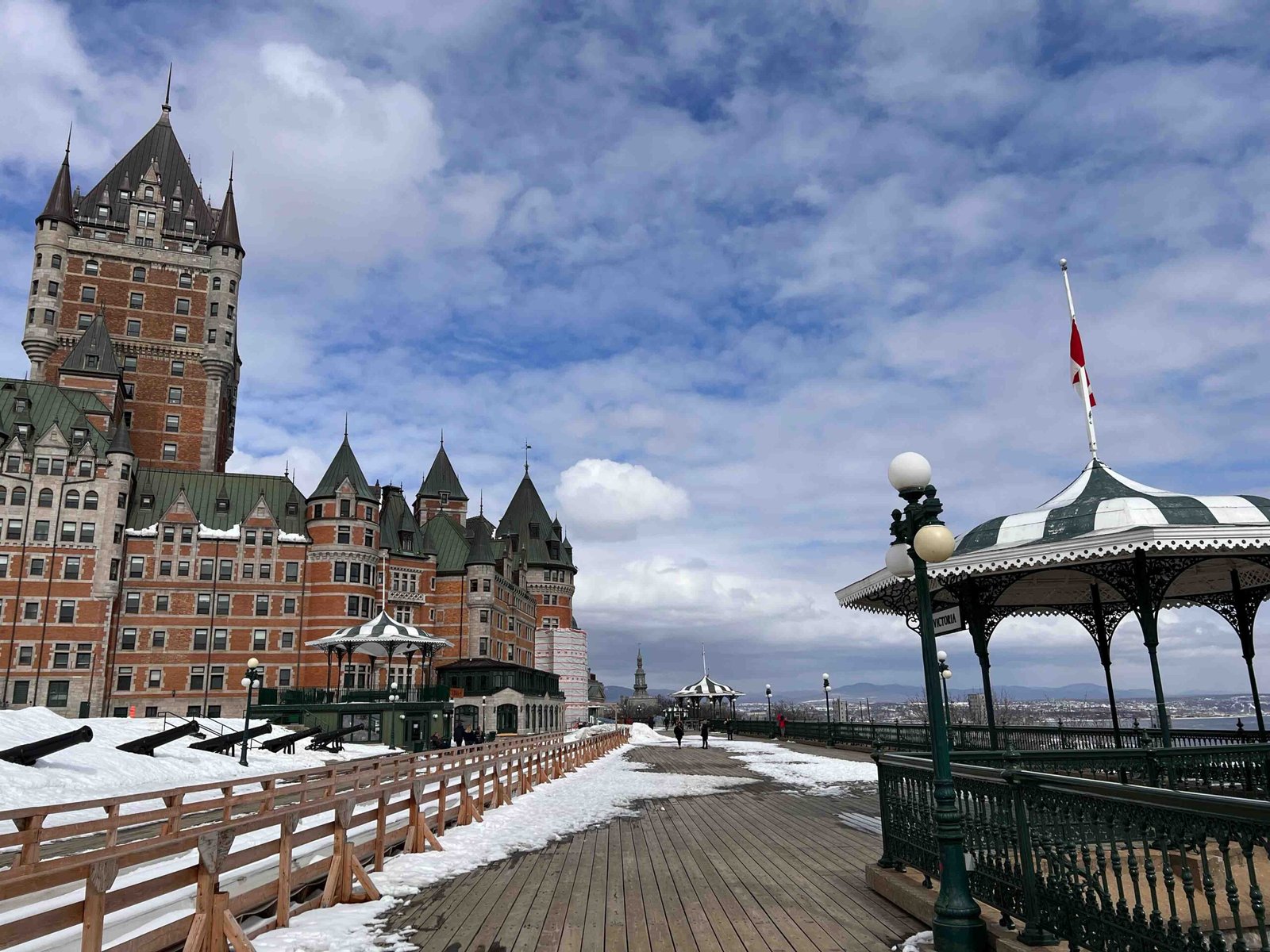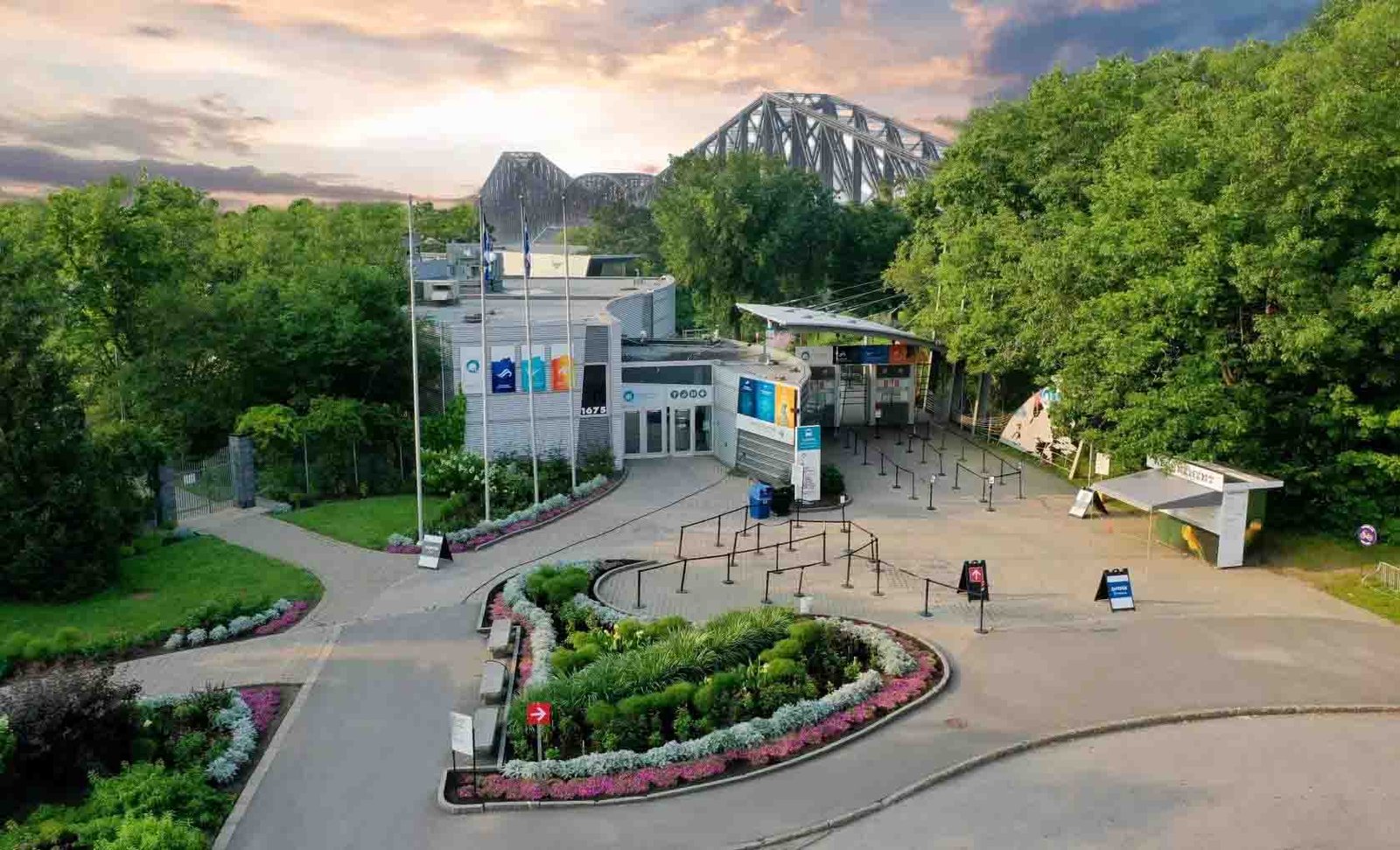Manitoba, a province located in the heart of Canada, has a rich and diverse history that is reflected in its population. From the indigenous communities who have lived on this land for thousands of years to the European settlers who arrived in the 17th century, Manitoba’s demographics have been shaped by a variety of factors. In this article, we will explore the past, present, and future of Manitoba’s population. We will examine the province’s history of population growth, explore its diverse ethnic communities, and discuss the impact of immigration on its demographics. Additionally, we will look at the challenges and opportunities faced by Manitoba’s aging population and make projections about what lies ahead for the province’s residents. Join us as we delve into the fascinating world of Manitoba’s demographics.
Introduction to Manitoba’s Demographics
Manitoba’s demographics refer to the study of its population, including its size, growth, density, distribution, and composition. It is an essential aspect of understanding the social, economic, and political dynamics of the province. Manitoba is one of the ten provinces of Canada, located in the central part of the country. It has a land area of 649,950 square kilometers and a population of 1,369,848 as of 2020. The majority of Manitoba’s population resides in urban areas such as Winnipeg, Brandon, and Steinbach. Manitoba’s demographics are diverse, with Indigenous peoples being the largest visible minority group, followed by Filipino, South Asian, and Chinese communities. Manitoba’s population growth rate has been steady over the years but has slowed down in recent times due to factors such as out-migration and low fertility rates. The province’s ageing population is also a significant demographic challenge that policymakers need to address. Understanding Manitoba’s demographics is crucial for policymakers, researchers, and other stakeholders to plan and implement policies that meet the needs of its population. In the following paragraphs, we will explore Manitoba’s population growth history, ethnic diversity, immigration patterns, population density and distribution, challenges and opportunities for its ageing population, and future projections for Manitoba’s population.
A Brief History of Manitoba’s Population Growth
Manitoba’s population has grown significantly since its establishment in 1870. The province’s population was just 25,228 in 1871 and increased to 62,260 by 1881. This growth was due to several factors, including the arrival of European settlers, the expansion of the railway system, and the growth of industries such as agriculture and mining. By 1911, Manitoba’s population had exceeded half a million, with many immigrants coming from Eastern Europe and Scandinavia. The province’s population continued to grow rapidly throughout the mid-20th century, reaching 1 million by 1966. However, since then, growth rates have slowed down due to a declining birth rate and an increase in out-migration. In recent years, Manitoba’s population has been growing steadily at a rate of around 1% per year, with a current population of approximately 1.4 million people. While the province’s overall population has grown, there have been significant shifts in the demographics of Manitoba’s population. For example, Indigenous people now make up a larger proportion of the population than they did in the past, and there has been an increase in the number of immigrants settling in urban areas such as Winnipeg. Overall, Manitoba’s population has experienced significant growth and changes over the past century and a half, reflecting broader trends in Canadian demographic history.
Exploring Manitoba’s Diverse Ethnic Communities
Manitoba is home to a rich cultural diversity, with numerous ethnic communities contributing to the province’s unique identity. The largest ethnic group in Manitoba is of British descent, followed by German, Ukrainian, and French. However, over the years, many other ethnic groups have settled in Manitoba, including Filipino, Chinese, Korean, Vietnamese, and African. Each community has its own traditions, customs, and beliefs that add to the multicultural fabric of the province. Winnipeg, the capital city of Manitoba, has become a hub for various cultural festivals celebrating different ethnicities throughout the year. For instance, Folklorama is an annual event that showcases the music, dance, and food of different cultures from around the world. Additionally, the Manitoba Museum has exhibits on different ethnic communities that have contributed to the province’s development. These exhibits help visitors learn about the history and heritage of various communities in Manitoba. Moreover, Manitoba’s diverse population has also led to a vibrant food scene with numerous restaurants serving authentic cuisine from around the world. Exploring Manitoba’s diverse ethnic communities provides an opportunity to learn about different cultures and traditions while celebrating the province’s multiculturalism.
The Impact of Immigration on Manitoba’s Population
The impact of immigration on Manitoba’s population has been significant in recent years. According to Statistics Canada, Manitoba welcomed over 18,000 immigrants in 2019 alone, with the majority settling in Winnipeg. Immigration has contributed to the province’s population growth and diversity, as well as its economy. Many immigrants bring valuable skills and knowledge that are in demand in Manitoba’s labour market. In fact, some industries have actively recruited immigrants to fill labour shortages. Additionally, immigration has helped to address demographic challenges such as an aging population and low birth rates. However, immigration can also present challenges for newcomers and their families, such as adapting to a new culture and finding employment that matches their qualifications. Furthermore, some communities may struggle with integration and social cohesion. It is important for Manitoba to continue to support and integrate newcomers into the community to ensure their success and overall benefit to the province. This includes providing language training, employment services, and cultural awareness programs. Overall, immigration has played a significant role in shaping Manitoba’s population and will continue to do so in the future.
Population Density and Distribution in Manitoba
Population density and distribution in Manitoba play a significant role in shaping the province’s economy and social fabric. The majority of Manitoba’s population is concentrated in the southern region, particularly in the capital city of Winnipeg, which is home to over half of the province’s residents. Other urban centres such as Brandon, Portage la Prairie, and Steinbach also have sizeable populations. On the other hand, the northern regions of Manitoba are sparsely populated due to their remote locations and harsh climates. In fact, the majority of Manitoba’s land area is uninhabitable due to its rugged terrain and extreme weather conditions.
The uneven distribution of Manitoba’s population poses several challenges for the province. The concentration of people in urban centres puts pressure on infrastructure, such as roads, public transportation, and healthcare facilities. Moreover, rural areas often struggle with a lack of resources and limited access to services. Despite these challenges, Manitoba’s population distribution has some advantages as well. The clustering of people in urban centres fosters economic growth and development while preserving natural habitats and wilderness areas.
In terms of population density, Manitoba has one of the lowest densities in Canada with only 2.2 people per square kilometre. This low density reflects the vastness of the province and its abundance of undeveloped land. However, it also poses challenges for service delivery and resource allocation in remote areas. Overall, understanding Manitoba’s population density and distribution is crucial for policymakers to develop effective strategies for addressing the province’s unique challenges and opportunities.
Challenges and Opportunities for Manitoba’s Aging Population
As Manitoba’s population ages, the province faces both challenges and opportunities. One of the biggest challenges is providing adequate healthcare services to an aging population. With a growing number of seniors requiring medical attention, there is a strain on the healthcare system. The province needs to invest in more healthcare facilities and staff to meet the demand. Additionally, the province needs to address issues of accessibility for seniors who may have mobility issues or live in rural areas far from medical services. On the other hand, Manitoba’s aging population presents opportunities for economic growth. Seniors are often active consumers, and their spending can stimulate local businesses. Retirees who move to Manitoba also bring in new money and can contribute to the economy through volunteer work or starting small businesses. Furthermore, older workers who delay retirement can provide valuable skills and experience to the workforce. Encouraging seniors to stay active and engaged can benefit both the individual and the community as a whole. Overall, while Manitoba’s aging population poses challenges for healthcare and social services, it also presents opportunities for economic growth and community engagement if managed effectively.
Future Projections: What Lies Ahead for Manitoba’s Population
Manitoba’s population is projected to increase in the coming years, albeit at a slower rate than other provinces in Canada. According to Statistics Canada, Manitoba’s population is expected to reach 1.4 million by 2040, an increase of around 15% from the current population of 1.2 million. This growth will be driven by immigration, which is expected to account for over half of the province’s population growth. In recent years, Manitoba has been actively recruiting immigrants to fill labour market shortages and boost economic growth. The province’s welcoming attitude towards newcomers has resulted in an increase in immigration levels, particularly from countries such as the Philippines and India. However, Manitoba will need to address several challenges related to its aging population, including healthcare, pensions and social services. The province’s fertility rate is below the national average, and the number of deaths is expected to exceed the number of births by 2025. As a result, Manitoba’s population is aging rapidly, and this demographic shift will have significant implications for the province’s economy and society. In response, Manitoba will need to implement policies that encourage younger people to stay in the province and attract new residents. Additionally, investments in healthcare and social services will be crucial to ensuring that older Manitobans can age with dignity and continue to contribute to their communities.
As we have seen, Manitoba’s population has a rich and complex history, with a diversity of cultures and experiences shaping its past, present, and future. From the early days of settlement to the challenges and opportunities of an aging population, Manitoba’s demographics are constantly evolving. It is clear that immigration will continue to play a key role in shaping the province’s population, bringing new cultures and perspectives to Manitoba’s communities. As we look ahead to the future, it will be important to consider how best to support and empower all members of Manitoba’s population, including those who may face unique challenges related to age, ethnicity, or other factors. Ultimately, the story of Manitoba’s population is an ongoing one, and it will be up to all of us to help shape what comes next.
Population in province:
Alberta, British Columbia, Manitoba, New Brunswick, Newfoundland and Labrador, Nova Scotia, Ontario, Prince Edward Island, Quebec, Saskatchewan






Pingback: Population in British Columbia, Canada – Things to do in Canada
Pingback: Population in city St. John’s, province Newfoundland and Labrador – Things to do in Canada
Pingback: Population in city Vancouver, province British Columbia – Things to do in Canada